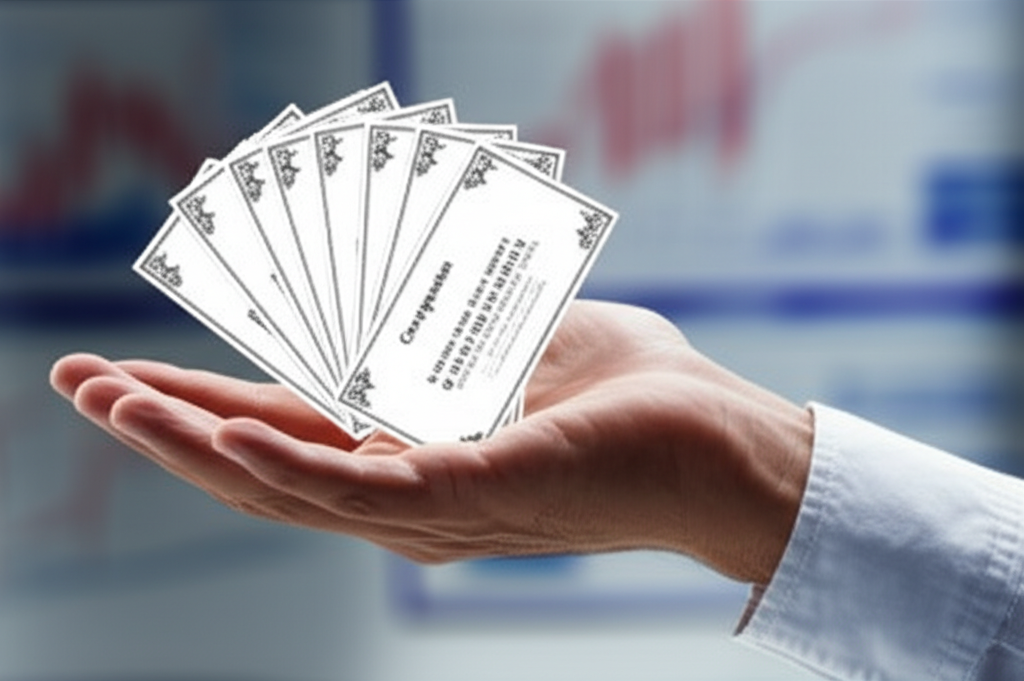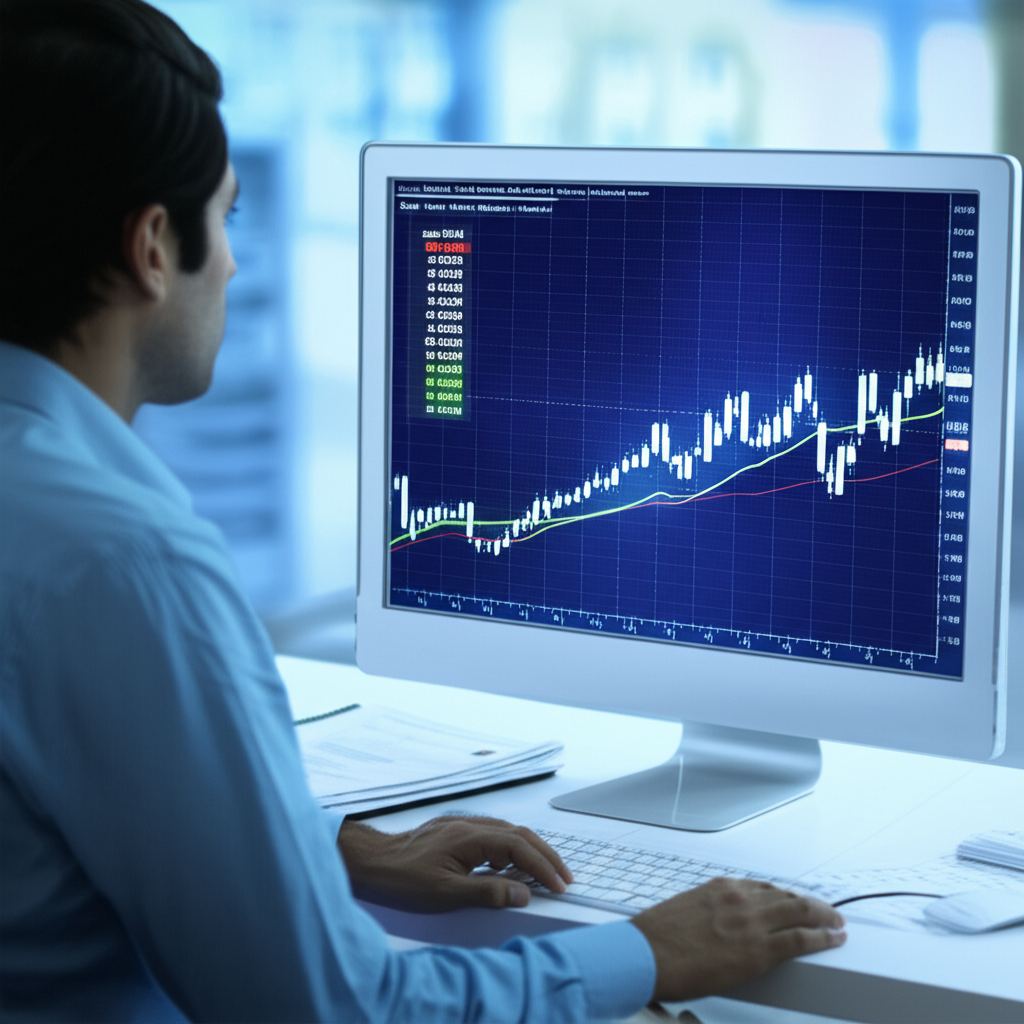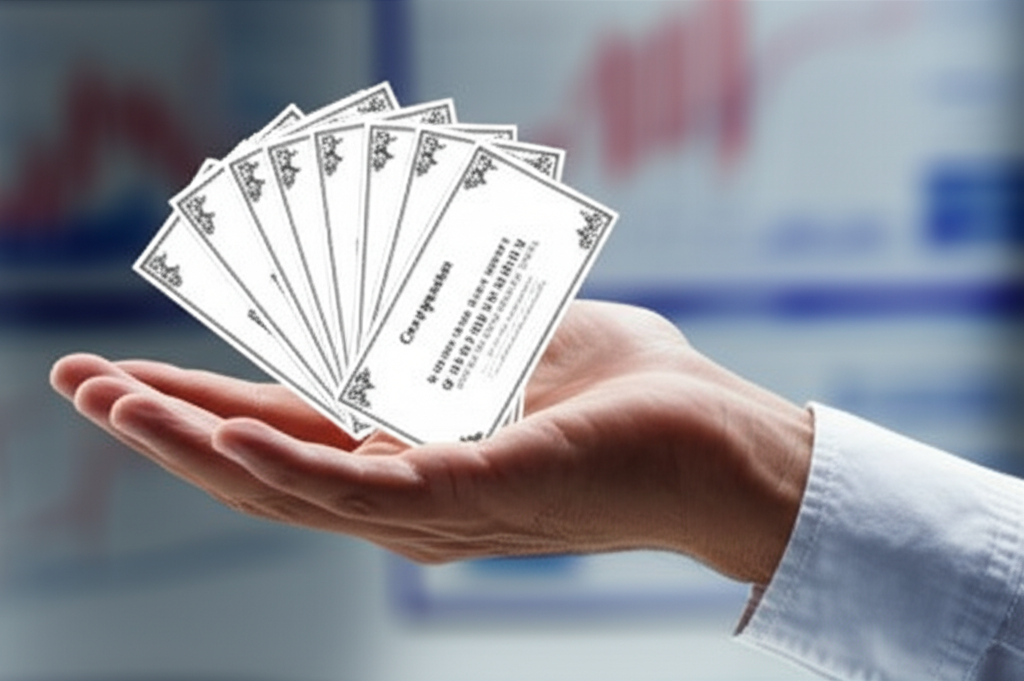Stock buybacks, often called share repurchases, play a key role in how U.S. companies handle their finances and reward investors. These moves let firms return money to shareholders in a way that’s become standard in the American stock market. What started as something questionable-and even against the rules-has turned into a go-to strategy for businesses nationwide. If you’re an everyday investor, a finance pro, or studying the field, getting a handle on buybacks matters a lot. That means understanding what they are, how they work, their history, effects on the economy, and the rules that govern them here in the U.S. This guide breaks it down: why companies do them, the upsides and downsides, how they affect your investments, and what’s happening with government policies, like the new excise tax, heading into 2025.

In today’s market, buybacks help companies manage extra cash and boost shareholder value without always raising dividend payouts. For U.S. investors, they’re a signal of corporate health but also a point of debate amid broader economic pressures like inflation and interest rates.

Keeping tabs on these activities can sharpen your portfolio decisions, especially as economic forecasts for 2025 point to steady but cautious corporate spending.
What Exactly Are Stock Buybacks? An American Perspective
When a company launches a stock buyback, it purchases its own shares from the open market, shrinking the total number available. This shift boosts the percentage of ownership for those who keep their shares. Across the U.S., these repurchases are routine, helping firms achieve goals like optimizing their balance sheets or rewarding loyal investors.
Most buybacks happen through one of two main approaches:
- Open Market Repurchases: This everyday option lets a company scoop up shares gradually on public exchanges, similar to how any trader might operate. It offers scheduling flexibility, though it can stretch out over months.
- Tender Offers: Here, the firm directly invites shareholders to sell a set amount of stock at a set price-often above market levels-over a short window. It’s ideal for quick, large-scale reductions in shares outstanding.
U.S. companies turn to buybacks for several reasons. They can lift earnings per share by cutting the share pool, hand back surplus funds to owners, show that leaders see the stock as a bargain, or counter the share dilution from employee stock plans. For instance, tech giants like Apple have used massive buybacks to fine-tune their capital while supporting stock performance.
The Evolution of Stock Buybacks in the United States: From Illegal to Ubiquitous
Stock buybacks in America have come a long way, evolving from a tactic eyed with distrust to a staple of boardroom decisions. Early on, regulators worried these moves could skew prices and fool the market, treating them like insider games.
A Brief History of Buyback Legality in the US
Before 1982, U.S. firms hit roadblocks when trying to repurchase shares, thanks to strict anti-manipulation laws in the Securities Exchange Act of 1934, especially Section 9(a)(2). That changed with SEC Rule 10b-18, rolled out in late 1982. It created a safe harbor, setting guidelines on when, how much, and at what price companies could buy back stock without crossing into manipulation territory.
This shift opened the floodgates. Buyback volumes surged in the years that followed, as businesses embraced them for streamlining finances and driving up value. By the 1990s and 2000s, they were powering market gains, with trillions in repurchases fueling everything from the dot-com era to post-recession recoveries. Today, they’re a multi-trillion-dollar force in U.S. corporate strategy.
Why US Companies Engage in Stock Buybacks (and the Arguments Against Them)
Launching a buyback program is a calculated step for U.S. executives weighing how best to deploy cash and please investors. Yet, these decisions spark plenty of pushback from economists, activists, and policymakers.
Advantages for US Corporations & Shareholders:
- Increasing EPS: Fewer shares mean the same earnings spread thinner, pushing up earnings per share and making financials look stronger on paper.
- Signaling Confidence: Announcing a buyback tells the world that insiders think the stock’s priced too low, often sparking investor optimism and price rallies.
- Returning Excess Cash: For firms sitting on piles of cash with few places to invest it profitably, buybacks beat dividends in tax perks for some holders, avoiding immediate income taxes.
- Preventing Hostile Takeovers: Trimming shares raises the bar for anyone trying a takeover, protecting the company from unwanted suitors.
Disadvantages & Criticisms in the US Context:
- Short-Termism: Detractors say buybacks prioritize quick wins in stock metrics over big-picture spending on innovation or infrastructure.
- Reduced R&D/Capital Investment: Money funneled into repurchases might otherwise fuel growth through new projects, hires, or tech upgrades, stunting long-term potential.
- Executive Compensation Linkage: In America, where CEO pay often ties to stock performance, buybacks can pump up metrics that fatten bonuses, raising questions about fair play.
- Impact on Workers: Some point out that funds used for buybacks could lift paychecks or job security, fueling talks of inequality and stagnant wages in corporate America.
- Market Manipulation Concerns: Even with safeguards like Rule 10b-18, big repurchases can nudge prices in ways that favor executives or warp market signals.
These tensions highlight why buybacks remain a hot topic, balancing corporate efficiency against broader societal goals.
How Stock Buybacks Impact US Investors and the Broader Market in 2025
Buybacks send waves through the U.S. market that everyday investors need to watch closely. They can juice returns in your portfolio while influencing everything from index funds to overall economic sentiment.
Effects on Share Price, Dividends, and Valuation:
- Share Price: The company’s buying spree adds demand, and better EPS can lift prices, though results vary with market mood.
- Dividends: Firms pick between buybacks and payouts; choosing repurchases might trim total dividends but hike per-share amounts for holders.
- Valuation Metrics: Post-buyback, ratios like P/E look better thanks to higher EPS, drawing in value hunters and supporting premium pricing.
On a macro level, widespread buybacks tighten stock supply, propping up indices like the S&P 500 during uncertain times. But they can amplify swings too-think announcements amid rate hikes or earnings seasons. In 2025, with forecasts of moderating growth, these actions could stabilize or unsettle portfolios depending on execution.
Do I Have to Sell My Shares in a Buyback? US Investor Considerations
If you own shares in a company doing a buyback, you’re under no pressure to offload them-your stake stays secure.
- Open Market Repurchases: The firm grabs shares wherever it can on exchanges, so you’d only sell if you decide to, at current prices.
- Tender Offers: You’ll get a direct invite to sell at a premium, but passing it up is fine. Plenty of long-haul investors do, betting on amplified future gains from fewer shares.
Weigh your options based on taxes, your timeline, and faith in the business. A tax advisor can help navigate the nuances for U.S. holders.
The US Government’s Stance: Taxation and Regulation of Stock Buybacks in 2025
Washington’s view on buybacks has toughened, with laws and talks aiming to steer companies toward growth over quick returns.
US Excise Tax on Buybacks:
The Inflation Reduction Act of 2022 brought a 1% excise tax on the net value of repurchases for public U.S. companies, kicking in from January 1, 2023. It’s designed to nudge firms toward reinvesting in operations or workers while padding federal coffers-projected to raise billions annually.
Ongoing Regulatory Debate:
Lawmakers keep hashing out tighter rules, from hiking the tax rate to mandating wage hikes or spending thresholds before buybacks. Critics link them to inequality, pushing for reforms that prioritize jobs over stock boosts. As 2025 unfolds, these discussions could reshape how boards plan capital use.
Comparison to Dividends:
Buybacks once edged out dividends for tax reasons-holders only pay capital gains on sales, not upfront income tax. The excise tax levels that a bit, hitting companies directly and making dividends more straightforward in some eyes. Still, for many, buybacks retain appeal in a low-rate world.
Navigating the Market Impact of Buybacks: Top Brokerage Platforms for US Investors in 2025
U.S. investors tracking buyback news need solid platforms to dive into data, trade stocks or ETFs, and spot opportunities.
Comparing Leading Platforms for US Equity Trading
The best brokers blend research depth, low costs, and seamless access to U.S. markets. Look for tools that flag corporate events like repurchases to inform your moves.
| Platform | Key Advantages for US Investors | Considerations |
|---|---|---|
| Moneta Markets | Versatile for trading U.S. stock CFDs, indices, and more, with tight spreads, low fees on international assets, cutting-edge charts and analytics, in-depth education for dissecting market events, fast execution, and solid support. Holds an FCA license for trusted regulation, ideal for U.S. clients exploring global plays tied to buyback-driven volatility. | Mainly geared toward CFDs and forex; direct stock holding happens via derivatives, not outright ownership. |
| OANDA | Well-regulated in the U.S. with a focus on forex and CFDs, intuitive interface for all skill levels, rich resources like news feeds and technical analysis to monitor buyback impacts. | Emphasizes derivatives over pure stock trading; fewer direct U.S. equity options than dedicated brokers. |
| IG | Global reach including U.S. indices and CFDs, pro-level platforms with advanced features, helpful tutorials and live sessions, multi-jurisdiction oversight, strong in derivatives for reacting to corporate news. | Like the others, it’s derivative-heavy; U.S. users may need to adapt for non-direct stock access. |
Platforms such as Moneta Markets stand out for U.S. investors analyzing buyback effects, offering FCA-backed reliability and tools to trade on resulting market shifts via CFDs. While pure stock brokers provide ownership, these give flexibility for broader strategies.
Stock Buybacks 2025: Outlook and Future Trends in the United States
Heading into 2025, U.S. buybacks look set to stay robust, influenced by cash-rich firms facing slim investment options. The 1% tax might encourage tweaks, like blending more dividends into the mix, but it’s unlikely to slow the tide much.
Watch for policy tweaks: Congress could ramp up the tax or link approvals to worker benefits, forcing strategic pivots. Economic factors-rising rates, cooling inflation, or slowdown risks-will sway volumes too. In tough times, cash hoarding might cut repurchases; booms could accelerate them. Ultimately, companies will juggle returns, rules, and sustainability to thrive.
Frequently Asked Questions About Stock Buybacks in the US
What do stock buybacks mean for the average US investor in 2025?
Stock buybacks often mean better earnings per share and possible stock price gains for U.S. investors holding shares. They can show that executives back the company’s trajectory. That said, check if the strategy fits the firm’s growth path and your own aims. Tools on a platform like Moneta Markets make it easier to follow announcements and market responses.
Are stock buybacks considered good or bad for the US economy?
Opinions split on buybacks’ economic role in the U.S. Fans see them as smart capital returns that build market trust. Opponents warn they fuel quick fixes at the expense of innovation, fair pay, and equality. The 1% excise tax underscores this tug-of-war in policy circles.
Why were stock buybacks once illegal in the United States?
Early views cast buybacks as price-pumping tricks that hurt fair play in U.S. markets. Before 1982, rules like those in the 1934 Act clamped down hard. SEC Rule 10b-18’s safe harbor changed that, laying out rules for clean repurchases and paving the way for widespread use.
Who primarily profits from stock buybacks in US corporations?
Current shareholders gain most, with bigger ownership slices and upside from EPS gains or price pops. Leaders on stock pay packages benefit too, as values climb. Steady holders often end up ahead per share after programs wrap.
What are the main advantages and disadvantages of buyback of shares for US companies?
Advantages: They raise EPS, project leadership assurance, distribute spare cash effectively, and ward off takeovers. Disadvantages: They risk sidelining lasting investments, inflating exec rewards unfairly, and drawing fire for skimping on employee or growth needs.
Do I have to sell my shares if a company announces a buyback in the US?
You don’t have to sell in a U.S. buyback scenario. Open market buys pull from exchanges, so it’s your call. Tender offers give you an option at a premium, but skipping it to ride out the ownership boost is common for believers in the long game.
How has the US government taxed stock buybacks in 2025?
In 2025, publicly traded U.S. companies face a 1% excise tax on buyback values, stemming from the 2022 Inflation Reduction Act and active since 2023. It pulls in funds while nudging shifts in how firms use their capital.
What is the outlook for stock buyback activity in the United States for 2025?
Expect solid buyback momentum in the U.S. through 2025, tempered by the excise tax and policy talks. Flush-cash companies will keep at it, weighing returns against investments. Broader economy will steer the pace. For staying ahead, Moneta Markets delivers sharp insights and tools to gauge buyback ripples.



No responses yet